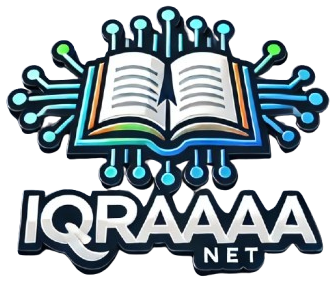In the rapidly evolving landscape of the 21st century, the traditional paradigms of education are being challenged and redefined. The amalgamation of knowledge and technology is not merely a trend; it represents a fundamental shift in how we conceive educational delivery, assessment, and engagement. As we navigate this transformative era, it is essential to examine how this integration reshapes learning experiences Sensa88 Slot for students, preparing them for an increasingly complex world.
The Digital Revolution in Education
The proliferation of technology has drastically altered the way information is accessed and consumed. Gone are the days when students relied solely on textbooks for knowledge acquisition. Today, an abundance of online resources, educational platforms, and multimedia tools are at their fingertips. This vast digital landscape not only enriches the learning experience but also encourages self-directed exploration, allowing students to take charge of their educational journeys.
However, with great access comes the necessity for critical thinking skills. Educators are charged with the imperative to teach students how to discern credible sources from unreliable ones, fostering an educational environment that prioritizes digital literacy alongside traditional literacy. Thus, the merging of knowledge and technology compels a reevaluation of curricula to incorporate these essential skills.
Personalized Learning Experiences
One of the most profound benefits technology brings to education is the capacity for personalized learning. Adaptive learning technologies analyze student performance in real-time, enabling educators to tailor instruction to meet individual needs. This level of customization is invaluable, as it acknowledges diverse learning styles and paces, ensuring that each student can thrive.
Furthermore, technology facilitates the creation of blended learning environments where students can learn at their own pace and in their preferred formats. This flexibility not only enhances engagement but also cultivates a deeper understanding of subjects, as students can revisit concepts through videos, interactive simulations, or collaborative projects.
Fostering Collaboration and Global Connectivity
In today’s interconnected world, the ability to collaborate across borders is crucial. Technology enables students to engage with peers from diverse backgrounds, fostering cross-cultural communication and collaborative problem-solving skills. Virtual classrooms, online forums, and global project partnerships break down geographical barriers, enriching the learning experience and preparing students for the globalized workforce.
Moreover, these collaborative platforms often utilize real-world scenarios and challenges, linking academic concepts to practical applications. This approach not only makes learning relevant but also inspires students to think critically and innovate, skills that are increasingly sought after in contemporary job markets.
Teacher as Facilitator
The role of the educator is also undergoing a significant transformation. Rather than being the sole source of knowledge, teachers are becoming facilitators of learning. They guide students in navigating technological tools and resources, supporting them in developing crucial skills such as critical thinking, creativity, and collaboration.
Professional development for educators is paramount in this shift. As technology evolves, so too must the skills and methodologies of teaching professionals. Schools and educational institutions must invest in ongoing training to ensure that teachers are adept at using technology effectively, enabling them to foster an engaging learning environment.
